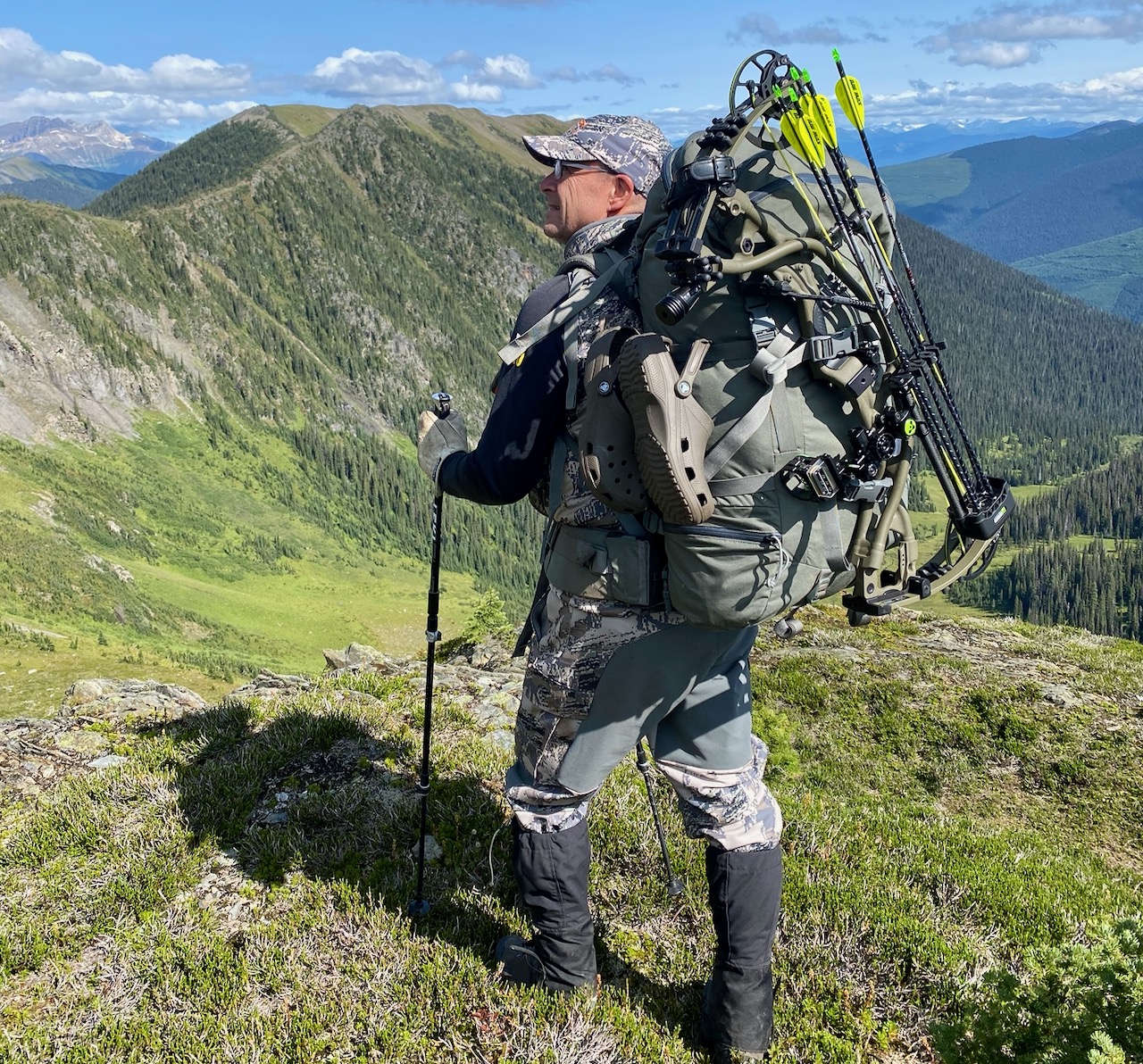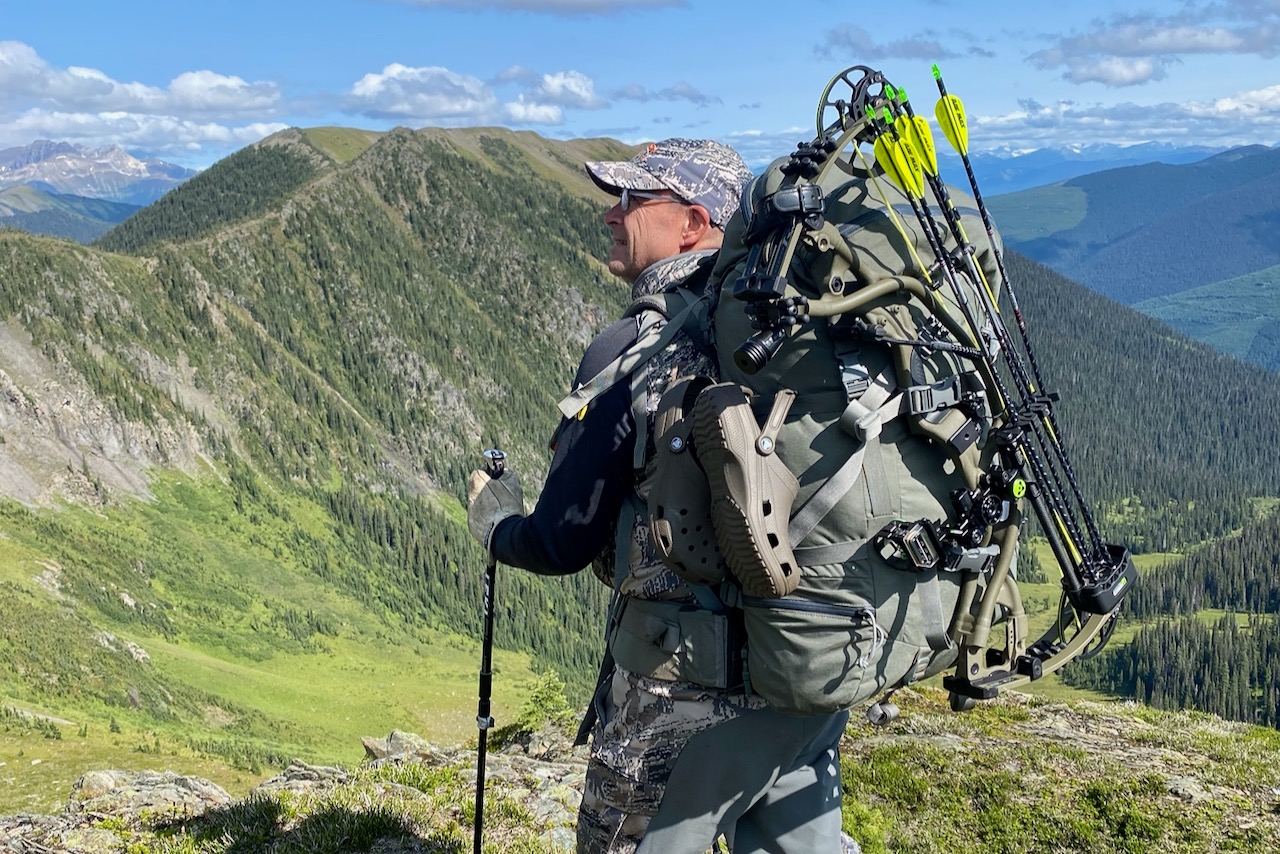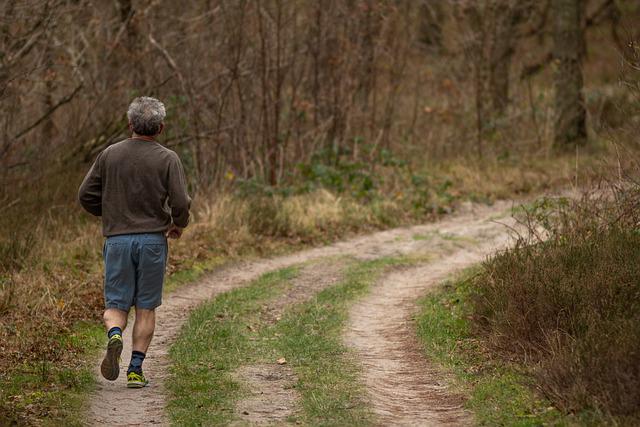FIT TO HUNT
A primer on staying in shape for a successful archery season
Advertisement
Whether you’re putting up and taking down stands, navigating rugged terrain or simply shooting a bow, bowhunting entails a lot of physically demanding activity. And to do it well, you need to be fit. For starters, archery demands the use of specific muscle groups, so if you want to shoot with consistency, it’s important to maintain muscle fitness.
Keeping muscles in shape will not only help improve your accuracy, it will also help you avoid injury—as will remaining in good overall physical condition. Here are a few pointers for staying in shape as you head into your next bowhunting season.
Advertisement
UPPER AND LOWER BODY
Have you ever drawn your bow after not picking it up for some time, only to feel your muscles, bones and joints strain? To avoid that and possible injury, one of the best pieces of exercise equipment I use is an Accubow. Adjustable from a 10- to 70-pound pull, this archery training tool allows me to pull back, hold at full draw, then let down, targeting the specific muscle groups used to draw and shoot. Not only does strengthening those muscles enhance your form and accuracy, it also helps you avoid injury.
The most important muscles to strengthen for bowhunting are the rotator cuff and deltoid muscles surrounding the shoulder; the biceps and brachialis (the primary flexor of the elbow); and the trapezius muscle that extends across your shoulders and down to the middle of your back. It’s also vital to strengthen your forearm and hand muscles, which are used to hold the bow string and grip, as well as work a mechanical release.
Advertisement

Free weights are great for working those isolated muscle groups, but it’s best to get advice from an expert on how to use them properly and safely. Meanwhile, most gym equipment provides the option of adjusting the amount of weight you lift or press, so select a manageable weight that best suits your training needs. When doing a series of arm (or leg) presses, take short breaks between each repetition to allow your muscles to rest before working them again.
When it comes to working your torso, sit-ups are great, but modified sit-ups, such as crunches, help target abdominal muscles more. Likewise, isometric exercises performed from a lying down or horizontal position, such as planks, can work specific abdominal and lower back muscles.
CARDIO
The heart is your most important muscle, and the best thing you can do to keep it in shape is to stay active. Running, cycling and swimming are inexpensive and readily accessible cardio exercises. Just be sure to begin with an attainable goal. If you’re overweight, for example, simply walking at a brisk pace for a half-hour every day, or even every other day, can make an enormous difference. Start light, then increase the distance and the effort level by carrying a weighted backpack.
To maintain ongoing cardio fitness, exercise at least three times a week, maintaining an elevated heart rate for a half-hour or more each time. Running every second day is great, but remember, your body needs to recover from sore muscles, so taking a break between sessions is important. Climbing stairs is another great exercise because it works a variety of muscle groups in your legs and back, as well as your heart.
CROSS-TRAINING
My typical 90-minute training routine includes stretching, running, stair climbing, the elliptical machine, isometric exercises, free weights, leg presses and incline sit-ups, all interspersed with cycling and rowing. If you’re in decent shape already, keep at it. If not, but you’ve finally decided to make fitness a priority, there’s no better time to start than now so you can enjoy the upcoming bowhunting season to the fullest.
BONUS TIP: KNOW YOUR LIMITS
Before you begin any workout, consider your current level of fitness and any health concerns, then modify your training regime accordingly. It’s also a good idea to consult with your physician or a licensed trainer before proceeding to make sure you don’t overdo it—or don’t do enough.


